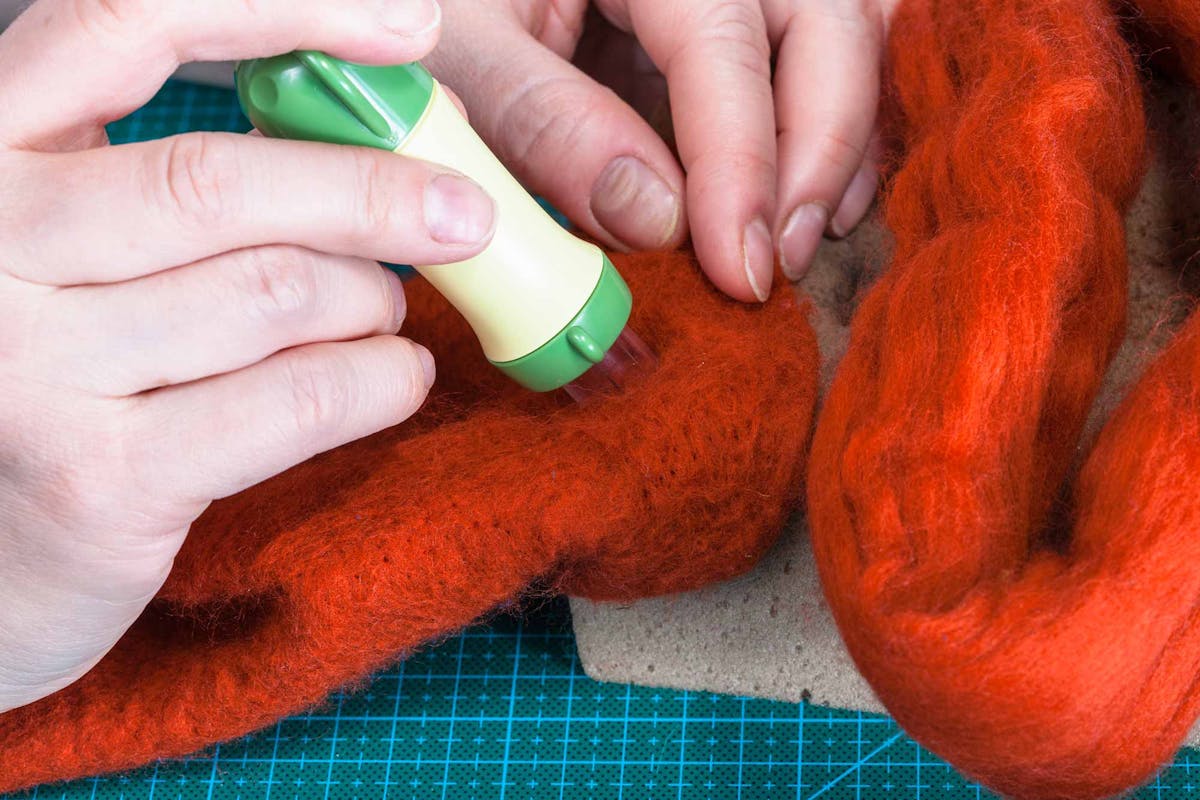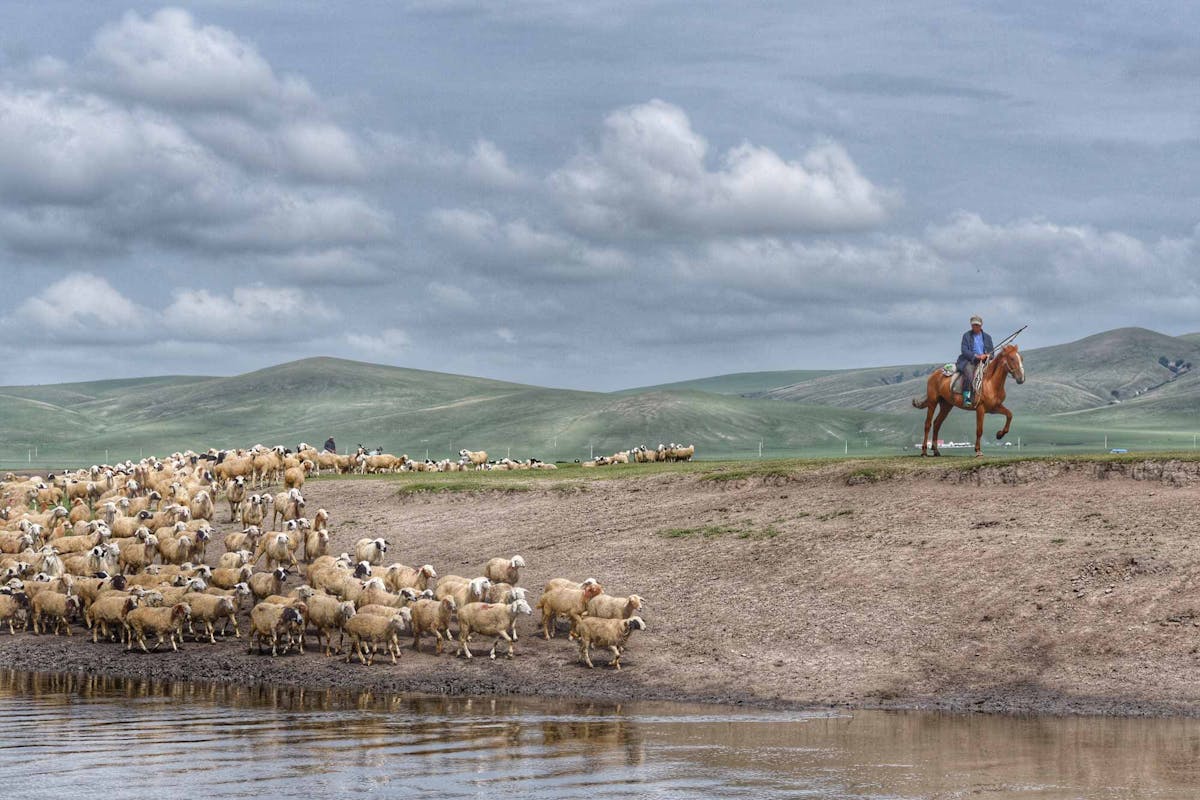
What Is Felt?
Felt is a material made by matting and condensing loose fibers together using a lot of pressure, agitation, and sometimes heat and moisture.
Felting can be done to create a flat fabric, just like what you would find at the fabric store. This flat material can be cut out and used for crafts, sewing projects, and is popular across many different industries. One of the great things about felt is that it won't fray when cut, so edges can be left raw.
Another felting method is called needle felting. Needle felting is used to create 3D objects out of the loose fibers. The fibers are agitated and matted together using sharp thin needles to form sculptures for crafts, jewelry, toys, and decorations.

The History Of Felt
Felt is considered to be one of the oldest textiles, with a colorful history that likely originates in Asia. Archaeologists have found evidence of felted textiles buried in Siberian tombs that date back to the second century BC, where it is thought to have been a part of many cultures across northern and central Asia. Felted textiles were used for items like clothing, art, home decorations, jewelry, and to make horse blankets.
Perhaps you are wondering what felt was made of back then? The first felt fabrics were produced using wool and animal hair which are still standard fibers used among felting enthusiasts today. Nowadays, when shopping for felt in craft stores, you will commonly find it made using synthetic fibers such as acrylic or polyester. It is much cheaper to produce like this and is available in many different colors and weights, making it great for all kinds of craft projects.

What Are Some Uses For Felt?
Felt isn't just for sewing and crafting. Felted materials are revered in many industries, like building and construction, automotive, music, and even the military.
The reason felt is so popular across the board is because it is dense and spongy, and works well to absorb sounds, vibrations, and liquids. You will find it used for shock-absorbing, noise reduction, filtration, and padding.
In the fashion and crafting industries felt is loved as it is dense yet light, doesn't fray, and can often stand up on its own – so great for costumes. Felt is also used for hat-making, doll creation, and in footwear.
Tips for Sewing With Felt
- Felt is a super easy fabric to sew with for many reasons. One of them is that it doesn't fray when cut, so raw edges don't need to be hemmed or finished other than for decorative purposes.
- Felt can be sewn both by hand or by sewing machine. If using a sewing machine, opt for a sharp medium-sized needle for sewing felt so that it is less likely to leave noticeable holes in the surface.
- Decorative hand stitching looks excellent on felt and is the perfect way to add details to your handcrafts. Try a thicker embroidery thread for extra detail.
- Felt fabric is ideal for applique projects as the applique can be glued, hand-stitched, or machine sewed into place. Another reason that felt is so good for applique projects is that it is easy to cut accurately using scissors or a roller cutter.
- For many felt crafts, the fabric does not need to be pre-washed before starting your project. This means as soon as you get home from the fabric shop, you can jump right into your newest project.
If you need laundry labels for your newest felt projects, you can quickly and easily order custom care labels through us, to make sure your felted projects will last, wash after wash.













